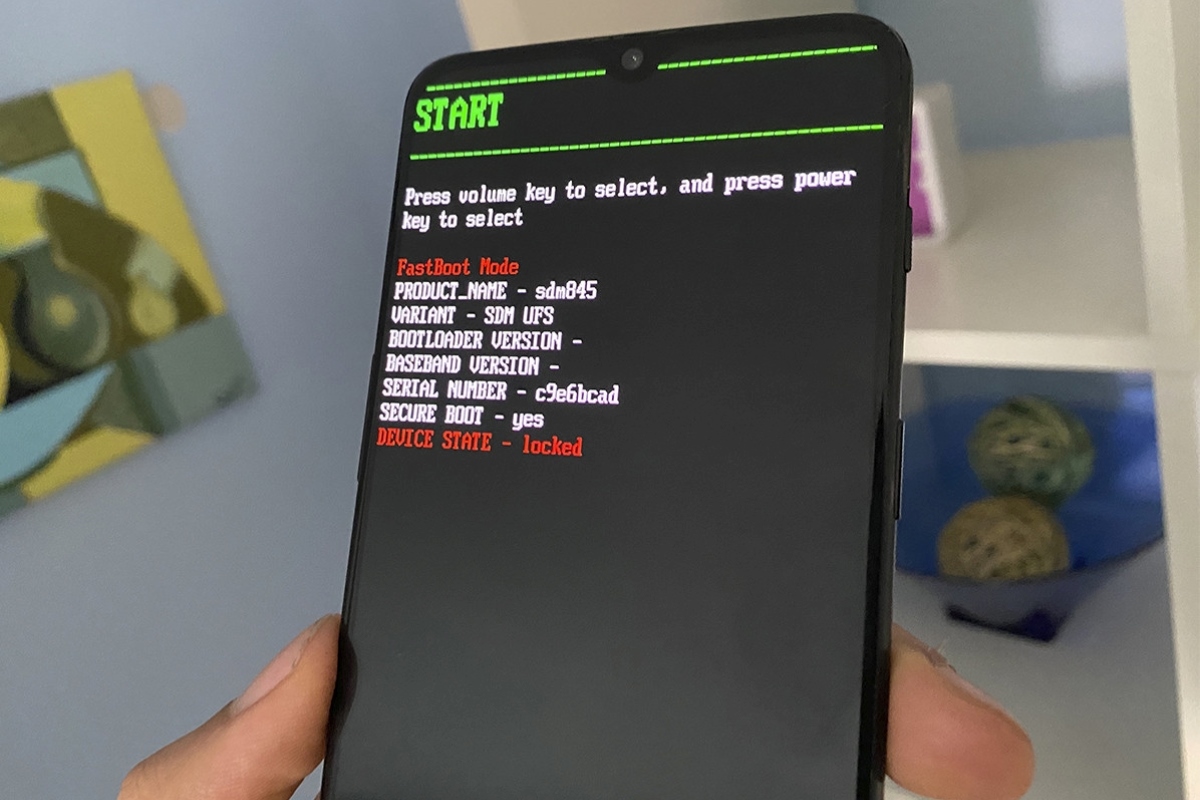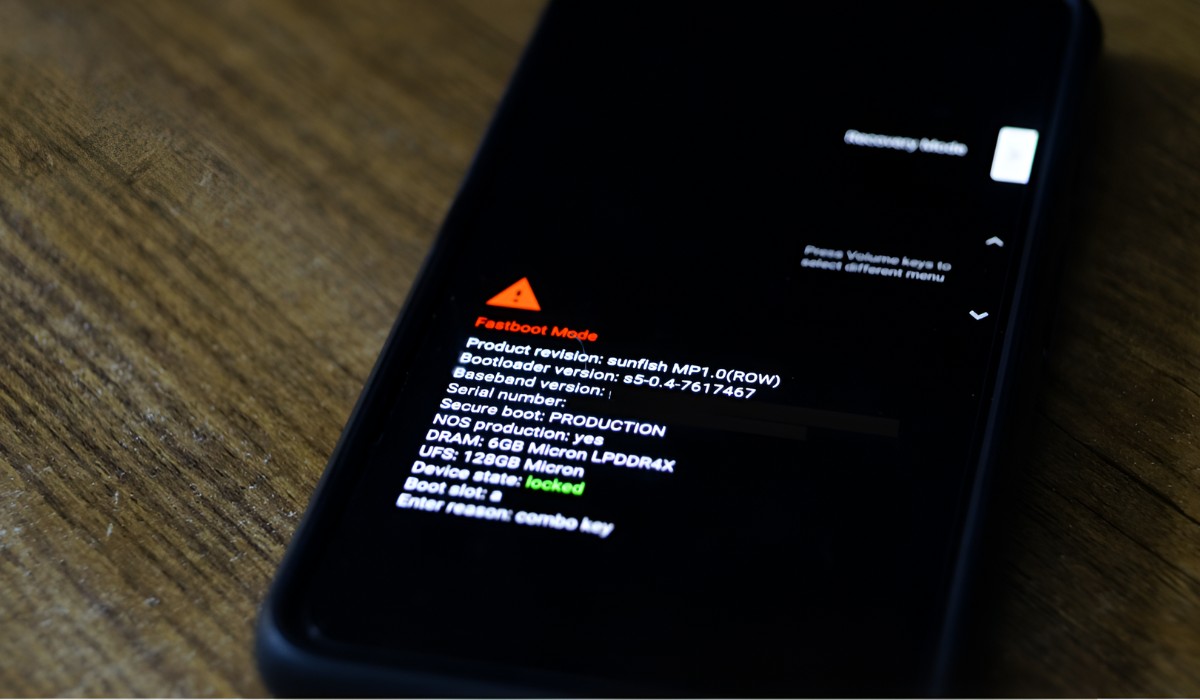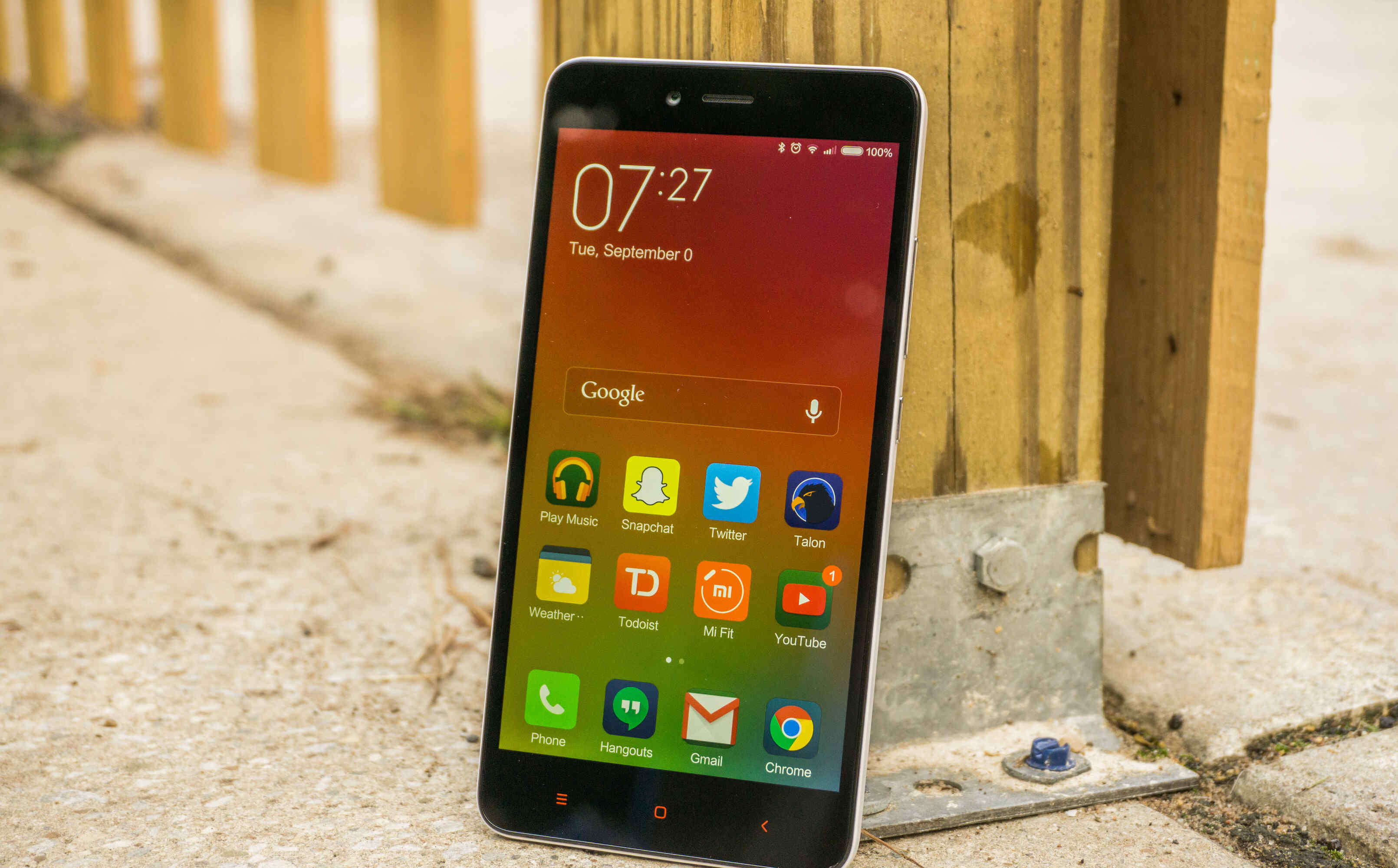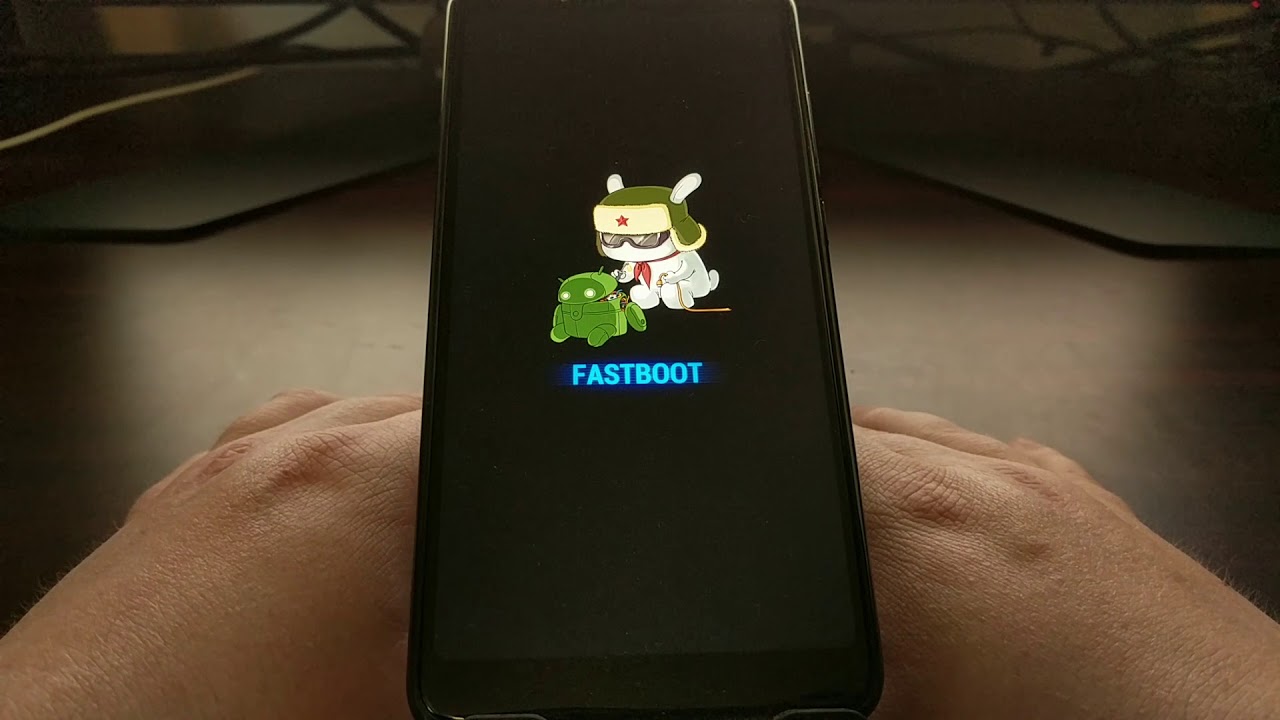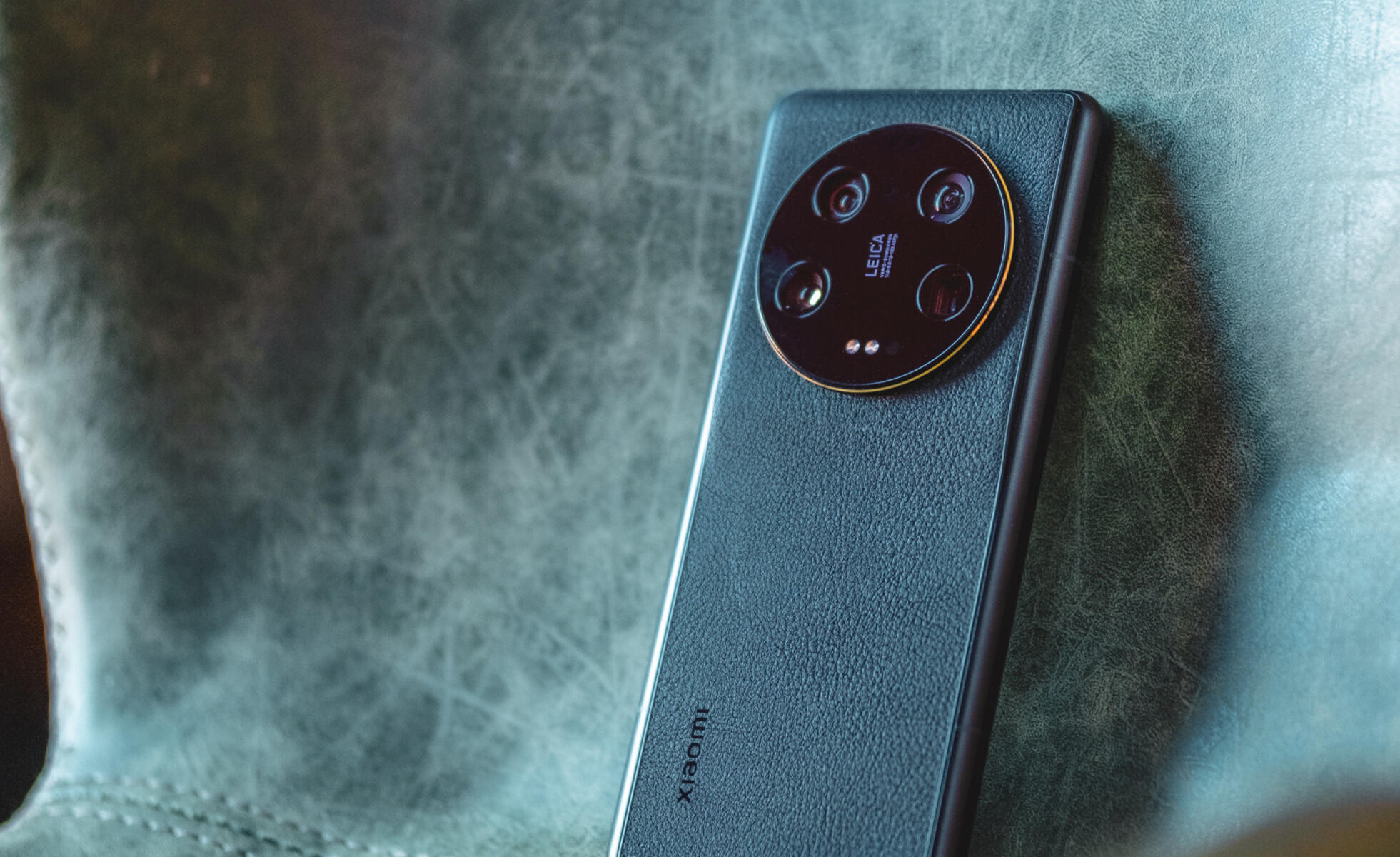Introduction
In the realm of mobile devices, the bootloader plays a pivotal role in the startup process. It serves as the gatekeeper, determining which applications and operating systems can be executed during the boot-up sequence. Specifically, in the context of Xiaomi devices, the bootloader status holds significant importance for users and developers alike.
Understanding the bootloader status of a Xiaomi device is crucial for various reasons, ranging from customization and optimization to security and warranty implications. By delving into the bootloader status, users can gain insights into the device's security posture and ascertain whether it is unlocked or locked. This knowledge empowers users to make informed decisions regarding custom ROM installations, system modifications, and device unlocking.
Moreover, for developers and enthusiasts, the bootloader status serves as a fundamental aspect of device customization and software development. It dictates the feasibility of flashing custom recoveries, unlocking the bootloader, and installing custom firmware, thereby influencing the device's potential for customization and optimization.
In this comprehensive guide, we will explore the various methods to check the bootloader status of Xiaomi devices. By understanding these methods, users and developers can gain valuable insights into their devices, enabling them to make informed decisions and embark on personalized customization journeys. Whether you are a tech enthusiast seeking to unlock the full potential of your Xiaomi device or a developer aiming to create innovative software solutions, the knowledge of checking Xiaomi bootloader status is an essential asset in your mobile device endeavors.
What is a Bootloader?
A bootloader is a fundamental component of the device's startup process, serving as the initial point of entry for the operating system. Essentially, it is a small program that is executed when the device is powered on, responsible for initializing the device's hardware and loading the operating system into the device's memory. In the context of Xiaomi devices, the bootloader plays a crucial role in ensuring the integrity and security of the device's software.
The bootloader's primary function is to verify and initialize the device's hardware components, such as the processor, memory, and peripherals, to ensure they are functioning correctly. Once the hardware initialization is complete, the bootloader proceeds to load the operating system kernel into the device's memory, enabling the system to transition from the powered-off state to the fully operational state.
In addition to facilitating the boot-up process, the bootloader also plays a pivotal role in enforcing security measures on the device. It verifies the integrity of the operating system and associated software components before allowing them to be loaded into the device's memory. This verification process helps prevent unauthorized or malicious software from being executed on the device, thereby bolstering the device's security posture.
Furthermore, the bootloader status, whether locked or unlocked, has significant implications for device customization and software modifications. A locked bootloader restricts the installation of custom firmware and recovery images, limiting the device's customization potential. On the other hand, an unlocked bootloader grants users the freedom to install custom ROMs, modify system settings, and explore advanced customization options, thereby unlocking the device's full potential for personalization and optimization.
In essence, the bootloader serves as the gatekeeper of the device, overseeing the boot-up process, enforcing security measures, and influencing the device's customization capabilities. Understanding the bootloader and its status is essential for users and developers seeking to delve into the realm of device customization, software development, and system optimization. By comprehending the bootloader's role and significance, users can make informed decisions regarding their Xiaomi devices, empowering them to embark on personalized customization journeys and software innovation endeavors.
Why Check Xiaomi Bootloader Status?
Checking the bootloader status of a Xiaomi device holds paramount importance for users and developers alike. Understanding the bootloader status provides valuable insights into the device's security posture, customization potential, and software modification capabilities. By delving into the bootloader status, users can make informed decisions regarding custom ROM installations, system modifications, and device unlocking.
One of the primary reasons to check the Xiaomi bootloader status is to assess the device's security integrity. A locked bootloader ensures that only verified and authorized software components are loaded during the boot-up process, thereby enhancing the device's resistance to unauthorized access and malicious software. By verifying the bootloader status, users can ascertain whether their device adheres to stringent security measures, providing peace of mind regarding the integrity of the device's software environment.
Moreover, checking the bootloader status is essential for users seeking to explore customization options and software modifications. A locked bootloader imposes restrictions on installing custom ROMs, custom recoveries, and system modifications, limiting the device's potential for personalization and optimization. Conversely, an unlocked bootloader grants users the freedom to unleash the full potential of their Xiaomi devices, enabling them to install custom firmware, explore advanced customization options, and optimize the device's performance according to their preferences.
For developers and enthusiasts, understanding the bootloader status is crucial for software development and device customization endeavors. It serves as a foundational aspect of creating and testing custom firmware, custom recovery images, and innovative software solutions. By checking the bootloader status, developers can determine the feasibility of flashing custom software components onto the device, thereby influencing the device's potential for customization and software innovation.
In essence, checking the Xiaomi bootloader status empowers users and developers to gain valuable insights into their devices, enabling them to make informed decisions regarding customization, security, and software modifications. Whether it's ensuring the device's security integrity, exploring customization options, or delving into software development, the knowledge of checking Xiaomi bootloader status is an essential asset for maximizing the potential of Xiaomi devices and embarking on personalized mobile device journeys.
Methods to Check Xiaomi Bootloader Status
Checking the bootloader status of Xiaomi devices can be accomplished through various methods, each offering unique approaches to ascertain the device's bootloader status. These methods provide users and developers with the means to gain valuable insights into the device's security posture and customization potential. By understanding these methods, individuals can make informed decisions regarding custom ROM installations, system modifications, and device unlocking.
Using Fastboot Method
The Fastboot method is a widely utilized approach to check the bootloader status of Xiaomi devices. Fastboot, a protocol used for flashing partitions on Android devices, provides a direct means to query the bootloader status. By connecting the Xiaomi device to a computer in Fastboot mode and executing a simple command, users can retrieve the bootloader status information. This method offers a straightforward and reliable way to ascertain whether the bootloader is locked or unlocked, empowering users to gauge the device's customization capabilities.
Using ADB Method
Another method to check the Xiaomi bootloader status involves utilizing the Android Debug Bridge (ADB). ADB, a versatile command-line tool that facilitates communication between a computer and an Android device, enables users to query the bootloader status directly from the device. By executing specific ADB commands, users can retrieve detailed information about the bootloader status, providing insights into the device's security posture and customization potential. This method offers a flexible and accessible approach to ascertain the bootloader status, catering to users and developers familiar with command-line interfaces.
Using Third-Party Tools
In addition to the native Fastboot and ADB methods, users can leverage third-party tools and utilities designed to streamline the process of checking Xiaomi bootloader status. These tools often feature user-friendly interfaces and simplified workflows, making it easier for individuals to retrieve the bootloader status information without delving into complex command-line operations. By utilizing third-party tools, users can access intuitive interfaces that guide them through the bootloader status checking process, enhancing the accessibility and convenience of ascertaining the device's bootloader status.
By exploring these methods, users and developers can gain valuable insights into the bootloader status of Xiaomi devices, empowering them to make informed decisions regarding customization, security, and software modifications. Whether it's utilizing the direct approach of Fastboot, leveraging the flexibility of ADB, or embracing the convenience of third-party tools, the diverse methods to check Xiaomi bootloader status cater to a wide range of users, enabling them to unlock the full potential of their Xiaomi devices and embark on personalized mobile device journeys.
Using Fastboot Method
The Fastboot method stands as a widely recognized and reliable approach to check the bootloader status of Xiaomi devices. Fastboot, a protocol utilized for flashing partitions on Android devices, provides a direct means to query the bootloader status. This method offers a straightforward and efficient way to ascertain whether the bootloader is locked or unlocked, empowering users to gauge the device's customization capabilities.
To initiate the Fastboot method, users need to connect their Xiaomi device to a computer in Fastboot mode. This can be achieved by powering off the device and then booting it into Fastboot mode, typically by pressing a specific combination of hardware buttons. Once the device is in Fastboot mode, it can be connected to a computer via a USB cable, establishing a communication channel for querying the bootloader status.
Subsequently, users can execute a simple Fastboot command to retrieve the bootloader status information. The command "fastboot oem device-info" is commonly used to query the bootloader status, providing users with essential details regarding the device's bootloader lock status. Upon executing the command, the bootloader status, whether locked or unlocked, is displayed, enabling users to gain insights into the device's security posture and customization potential.
The Fastboot method offers a seamless and reliable approach to check the bootloader status, catering to users and developers seeking to delve into the realm of device customization and software modifications. By leveraging the direct capabilities of Fastboot, individuals can gain valuable insights into their Xiaomi devices, empowering them to make informed decisions regarding custom ROM installations, system modifications, and device unlocking.
In essence, the Fastboot method serves as a fundamental tool for ascertaining the bootloader status of Xiaomi devices, providing users and developers with a reliable means to gauge the device's security integrity and customization potential. Whether it's unlocking the bootloader to explore advanced customization options or ensuring the device's security posture, the Fastboot method offers a streamlined and effective approach to check Xiaomi bootloader status, enabling individuals to unlock the full potential of their devices and embark on personalized mobile device journeys.
Using ADB Method
The ADB method provides an alternative yet effective approach to check the bootloader status of Xiaomi devices. Leveraging the Android Debug Bridge (ADB), a versatile command-line tool that facilitates communication between a computer and an Android device, users can query the bootloader status directly from the device. This method offers a flexible and accessible approach to ascertain the bootloader status, catering to users and developers familiar with command-line interfaces.
To initiate the ADB method, users need to ensure that ADB is properly set up on their computer. This involves installing the necessary ADB drivers and enabling USB debugging on the Xiaomi device. Once the prerequisites are met, the device can be connected to the computer via a USB cable, establishing a communication channel for querying the bootloader status.
Subsequently, users can execute specific ADB commands to retrieve detailed information about the bootloader status. The command "adb devices" can be used to verify the device's connection to the computer, ensuring that ADB communication is established. Following this, the command "adb shell getprop ro.bootloader" can be executed to retrieve the bootloader status information directly from the device.
Upon executing the ADB command, the bootloader status, whether locked or unlocked, is displayed, providing users with valuable insights into the device's security posture and customization potential. This method offers a direct and efficient means to ascertain the bootloader status, empowering users to make informed decisions regarding custom ROM installations, system modifications, and device unlocking.
The ADB method caters to users and developers seeking a command-line approach to check the bootloader status of Xiaomi devices. By leveraging the capabilities of ADB, individuals can gain valuable insights into their devices, enabling them to unlock the full potential of their Xiaomi devices and embark on personalized mobile device journeys. Whether it's exploring customization options or delving into software development, the ADB method offers a versatile and accessible approach to check Xiaomi bootloader status, empowering users to make informed decisions and optimize their mobile device experiences.
Using Third-Party Tools
In addition to the native Fastboot and ADB methods, users can leverage third-party tools and utilities designed to streamline the process of checking Xiaomi bootloader status. These tools often feature user-friendly interfaces and simplified workflows, making it easier for individuals to retrieve the bootloader status information without delving into complex command-line operations.
Third-party tools cater to a wide range of users, including those who may not be familiar with command-line interfaces or prefer a more intuitive approach to device management. These tools typically offer graphical user interfaces (GUIs) that guide users through the bootloader status checking process, presenting the information in a clear and accessible manner.
One of the key advantages of using third-party tools is the enhanced user experience they provide. By presenting the bootloader status information in a user-friendly interface, these tools eliminate the need for users to memorize or execute command-line commands, thereby reducing the barrier to accessing crucial device information.
Furthermore, third-party tools often offer additional features beyond bootloader status checking, such as one-click bootloader unlocking, firmware flashing, and device management functionalities. This comprehensive approach empowers users to not only check the bootloader status but also perform related actions seamlessly within a single application.
When selecting a third-party tool for checking Xiaomi bootloader status, it is essential to ensure that the tool is reputable, well-maintained, and compatible with the specific Xiaomi device model. Users should exercise caution and research the tool's credibility to avoid potential security risks or compatibility issues.
By leveraging third-party tools, users can access intuitive interfaces that streamline the process of checking Xiaomi bootloader status, enhancing the accessibility and convenience of ascertaining the device's bootloader status. These tools cater to a diverse user base, offering a user-friendly alternative to command-line methods and empowering individuals to gain valuable insights into their devices' security posture and customization potential.
In essence, third-party tools serve as valuable assets for simplifying the process of checking Xiaomi bootloader status, providing users with an intuitive and efficient means to access crucial device information and make informed decisions regarding customization, security, and software modifications.
Conclusion
In conclusion, the bootloader status of Xiaomi devices holds significant implications for users and developers, influencing the device's security posture, customization potential, and software modification capabilities. By exploring the diverse methods to check Xiaomi bootloader status, individuals can gain valuable insights into their devices, empowering them to make informed decisions and embark on personalized mobile device journeys.
The Fastboot method offers a direct and reliable approach to ascertain the bootloader status, providing users with essential details regarding the device's bootloader lock status. This method serves as a fundamental tool for users and developers seeking to delve into the realm of device customization and software modifications, enabling them to unlock the full potential of their Xiaomi devices.
Similarly, the ADB method provides a flexible and accessible approach to check the bootloader status, catering to users and developers familiar with command-line interfaces. By leveraging the capabilities of ADB, individuals can gain valuable insights into their devices, empowering them to make informed decisions regarding custom ROM installations, system modifications, and device unlocking.
Furthermore, the utilization of third-party tools and utilities streamlines the process of checking Xiaomi bootloader status, offering user-friendly interfaces and simplified workflows. These tools cater to a wide range of users, providing an intuitive and efficient means to access crucial device information and make informed decisions regarding customization, security, and software modifications.
In essence, the knowledge of checking Xiaomi bootloader status is an essential asset for maximizing the potential of Xiaomi devices and embarking on personalized mobile device journeys. Whether it's ensuring the device's security integrity, exploring customization options, or delving into software development, the diverse methods to check Xiaomi bootloader status cater to a wide range of users, empowering them to unlock the full potential of their devices and make informed decisions regarding their mobile device experiences.







